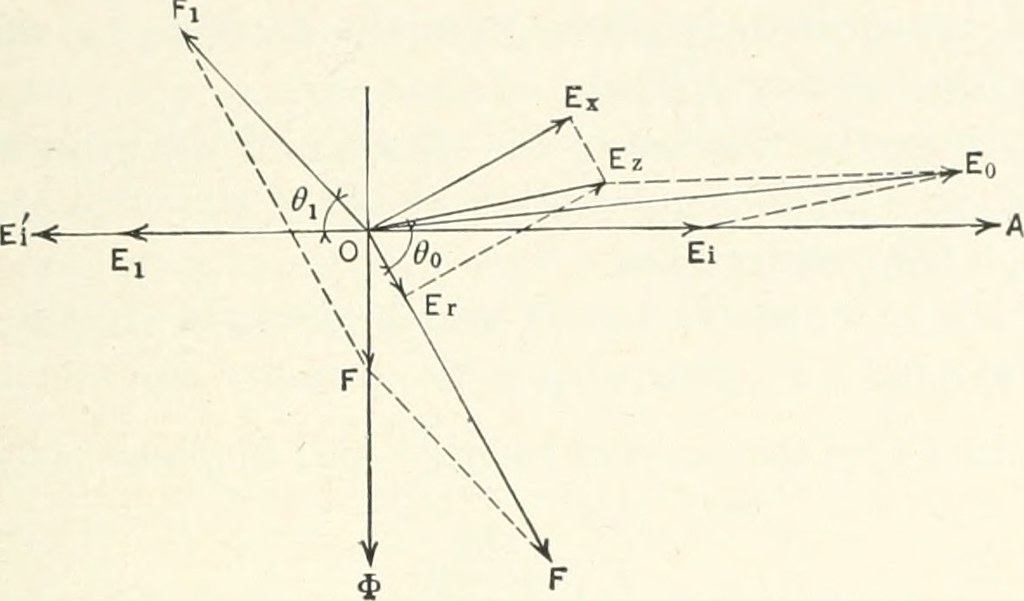The electromagnetic field (EMF) equation of a transformer is a mathematical expression that describes the relationship between the primary and secondary winding voltages of a transformer and the transformer's turns ratio. The EMF equation is given by:
Vp/Vs = Np/Ns
where Vp is the primary voltage, Np is the number of turns in the primary winding, Vs is the secondary voltage, and Ns is the number of turns in the secondary winding.
The EMF equation shows that the primary and secondary voltage are directly proportional to the number of turns in their respective windings, and that the ratio of the primary to secondary voltage is equal to the ratio of the number of turns in the primary winding to the number of turns in the secondary winding.
For example, if a transformer has a turns ratio of 10:1 and is connected to a primary voltage of 240 volts, the secondary voltage would be calculated as follows:
Vs = (Vp * Ns) / Np = (240 volts * 1 turn) / 10 turns = 24 volts
The EMF equation is an important tool in the analysis and design of transformers, as it allows engineers to predict the voltage transformation that will occur in a transformer based on its turns ratio and the voltage applied to its primary winding.















